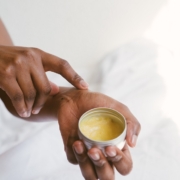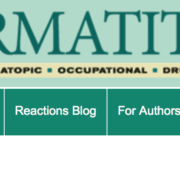Petrolatum Facts—150 years to today.
Petrolatum was discovered in 1859 inadvertently by the oil rig drillers in Titusville, Pennsylvania. The thick “rod wax” caused the rigs to malfunction and had to scraped off, however the workers found it to help soothe and heal their skin cuts. Robert Chesebrough, a chemist, refined, distilled, patented, and named it Vaseline—from the German wasser (water) and the Greek elaion (olive oil).
Purified petrolatum is a highly useful moisturizer and skin protectant as it prevents up to 98% of transepidermal water loss, is triple-purified and devoid of any allergens. It is recommended by the National Eczema Association as safe treatment option. There have not been any evidence-based reports directly linking purified petrolatum to cancer.
However, unrefined, low grade petrolatum does contain carcinogens called polycyclic aromatic hydrocarbons. Although the US does not regulate petrolatum use in cosmetics, labels stating “white petrolatum” or “Petrolatum, USP” can be sure they are buying a purified high grade product.
Petrolatum itself has never been reported to cause allergic contact dermatitis. Some petrolatum-based products, however, may not use a purified form of petroleum and often have additional ingredients such as Lanolin or fragrances and should be carefully evaluated for their ingredients by patients with known sensitizations.

 Photo by Retha Ferguson from Pexels
Photo by Retha Ferguson from Pexels
